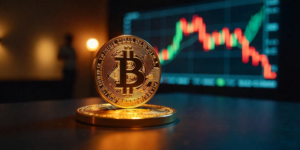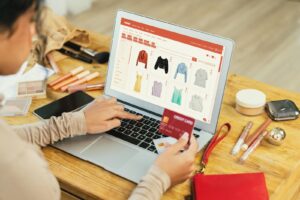
If you knew that 32% of podcast listeners tune in while driving, wouldn’t you want to guarantee your content sounds exceptional? Building the perfect podcast studio involves more than just setting up a microphone and hitting record. From selecting the right equipment to mastering audio editing software, there are key steps that can make a significant difference in the quality of your podcast. So, where should you start on your journey to crafting a professional-sounding show that captivates your audience?
Essential Equipment Selection
Choosing the essential equipment for your podcast studio demands thoughtful consideration to guarantee high-quality sound and performance. When it comes to microphone options, dynamic microphones are ideal for their durability and noise rejection, while condenser microphones offer exceptional sensitivity and clarity. Consider your recording environment and vocal style to determine the best fit.
Soundproofing solutions are important to minimize background noise and echoes. Acoustic panels, bass traps, and soundproof curtains can greatly improve the acoustics of your studio.
Moreover, investing in a quality audio interface is essential for connecting your microphones to your recording device. Focus on interfaces with low latency and high-resolution audio capabilities for professional results.
For headphones, closed-back designs are recommended to prevent sound leakage and provide isolation during recording sessions. Look for headphones with a flat frequency response to ensure accurate monitoring of your audio.
Comfort is also important for long recording sessions, so choose a pair with plush ear cushions and an adjustable headband for a snug fit.
Optimizing Recording Space
When setting up your podcast studio, optimizing the recording space is crucial for achieving professional audio quality and minimizing unwanted background noise.
To enhance the acoustics of your space, consider soundproofing techniques such as installing acoustic panels on walls to absorb sound reflections and reduce echo. Carpets and heavy curtains can also help dampen noise and improve the overall sound quality of your recordings.
When it comes to lighting options in your podcast studio, LED panel lights are a popular choice as they provide bright and even lighting without generating heat or causing audio interference. Positioning these lights strategically can help create a well-lit environment for recording video content while maintaining a comfortable temperature in the room.
In addition to soundproofing and lighting considerations, make sure that your recording space is free from clutter and distractions. A tidy and organized studio not only improves the overall aesthetic but also helps create a conducive environment for focused podcast recording sessions.
Setting Up Audio Recording Software
To optimize your podcast studio setup, make sure that the audio recording software is properly configured and ready for use. Begin by adjusting the recording levels to guarantee that your audio input is neither too soft nor distorted. Aim for peaks that reach around -6 dB to -3 dB to prevent clipping and maintain a clear sound.
Experiment with microphone placement to find the sweet spot that captures your voice accurately without picking up excessive background noise. Keep the microphone at a consistent distance from your mouth to maintain a steady audio level throughout the recording.
Next, check that your software settings match the specifications of your recording equipment. Set the sample rate and bit depth according to the capabilities of your audio interface to achieve the best sound quality. Familiarize yourself with the software interface, including features such as track recording, playback monitoring, and audio editing tools.
Remember to save your settings for future use to streamline your recording process. By configuring your audio recording software correctly, you can ensure a professional and polished podcast production.
Podcast Editing and Post-Production
Guarantee that your podcast editing and post-production process is efficient and effective by mastering key techniques for enhancing the audio quality and overall presentation of your episodes.
When it comes to podcast editing, incorporating sound effects can add depth and engagement to your content. Use sound effects strategically to emphasize important points, shifts, or to create a specific mood. Make sure that the volume levels are balanced to prevent overpowering the main audio.
Music integration is another vital aspect of post-production. Select music that complements your podcast’s theme and tone. Integrate music smoothly at the beginning and end of your episodes, during shifts, or to underscore emotional moments. Remember to adjust the music volume to maintain a harmonious blend with the spoken content.
Utilize editing software to fine-tune your podcast, eliminating background noise, adjusting pacing, and seamlessly merging different audio clips. Experiment with different editing techniques to enhance the overall listening experience for your audience.
Conclusion
Now that you have all the necessary equipment and knowledge to build the perfect podcast studio, are you ready to harness your creativity and captivate your audience with engaging content?
With the right tools and techniques in place, the only limit is your imagination.
So, go ahead, start recording, editing, and producing your own podcast, and let your voice be heard in the world of podcasting.
Happy podcasting!






